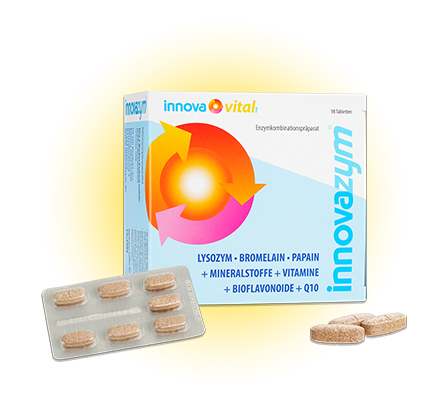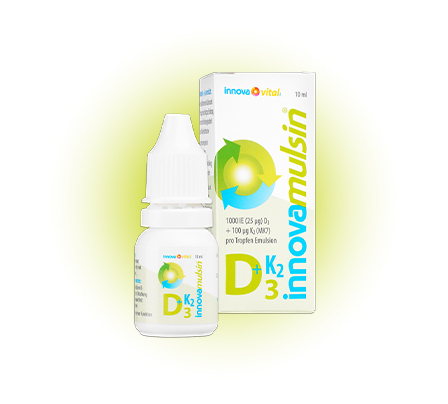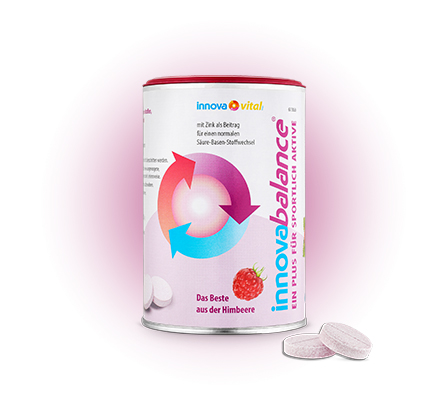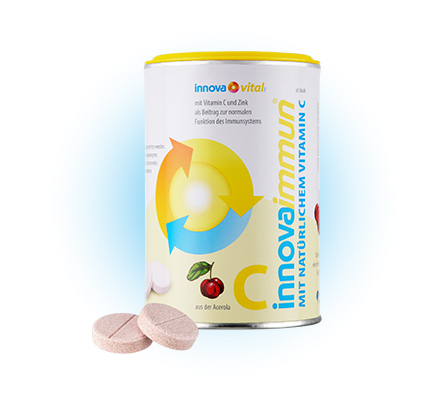Facts
The Idea
Fatty acids are not all the same
The human body requires a balanced ratio of omega-6 and omega-3 fatty acids. If these two types of fatty acids are not present in a balanced amount, “silent inflammations”, which are beneficial to certain illnesses, can develop in the body. The omega-6/3 ratio is regarded as a factor for silent inflammations. A ratio under 3:1 is considered neutral for inflammations.
What has gone wrong?
Since the dawn of mankind our diet has provided a balance between both types of fatty acids. The change in our dietary habits since modern times/industrialisation (use of cheap vegetable oils, intensive farming etc.) has changed the omega 6/3 ratio in a dramatically negative way. Nowadays, the ratio is approx. 15:1 based on an average population and for young people under 25 years the average value is even as high as 25:1. These are alarming values.
What can I do?
Our diet today contains too few omega 3 fatty acids. Good sources of omega 3 are oily fish such as herring, mackerel, salmon and sardines or algae. Among the vegetable oils, linseed oil contains a high amount of omega 3 alpha linolenic acid (56-71%). This plant-based omega 3 fatty acid can, however, only be converted into the important omega 3 fatty acids EPA and DHA to a limited extent. Only fish products/oils and algae products/oils contain EPA and DHA.

Our contribution with innova immun® Ω
We would like to create a balance to modern, fast food. For this reason, the omega 3 fish oil in innova immun®Ω has a high content of EPA and DHA. These are in the rTG form of the fatty acids, the natural triglycerides of fish oil. No transesterification with ethanol takes place in our product.
Further signs of quality are:
- regular quality controls by an independent institute
- regular testing for heavy metals
- several purification stages through to the final product
The origin of the fish oil varies according to availability:
- Engraulidae = anchovies
- Carangidae = trevally
- Clupeidae = herring
- Osmeridae = smelt
- Ammodytidae = sandeel
EPA and DHA contribute to a normal functioning of the heart
Factors which influence the health of the heart are the properties of the blood flow and cellular metabolism. Sufficient levels of omega 3 fatty acids can have a positive effect on these factors. According to EFSA: The positive effects begin with a daily dose of at least 250 mg EPA and DHA.
Factors which influence the health of the heart are the properties of the blood flow and cellular metabolism. Sufficient levels of omega 3 fatty acids can have a positive effect on these factors. According to EFSA: The positive effects begin with a daily dose of at least 250 mg EPA and DHA.
DHA contributes to maintaining normal vision
The cells in the human eye contain a particularly high amount of omega 3 fatty acids. In many studies it could be proved that vision was improved by supplementing a diet with omega 3 fatty acids. According to EFSA: The positive effect begins with a daily dose of at least 250 mg DHA.
The cells in the human eye contain a particularly high amount of omega 3 fatty acids. In many studies it could be proved that vision was improved by supplementing a diet with omega 3 fatty acids. According to EFSA: The positive effect begins with a daily dose of at least 250 mg DHA.
DHA contributes to maintaining normal brain function
The brain has a high level of unsaturated fatty acids. Current studies show a clear connection between the intake of omega 3 fatty acids and improved brain function. According to EFSA: The positive effect begins with a daily dose of at least 250 mg DHA.
The brain has a high level of unsaturated fatty acids. Current studies show a clear connection between the intake of omega 3 fatty acids and improved brain function. According to EFSA: The positive effect begins with a daily dose of at least 250 mg DHA.
DHA and EPA contribute to maintaining a normal level of triglycerides in the blood
According to EFSA: The positive effect begins with a daily dose of at least 2g EPA and DHA. The daily total intake of 5g EPA and DHA combined must not be exceeded.
The intake of DHA by the mother contributes to the normal development of the eyes and brain of the foetus and of breast fed babies.
According to EFSA: The positive effect begins with a daily dose of at least 200 mg DHA, in addition to the recommended daily dose of omega 3 fatty acids (i.e. at least 250 mg DHA and EPA) for adults.
The intake of DHA contributes to the normal development of vision in babies up to the age of 12 months
According to EFSA: The positive effect begins with a daily dose of at least 100 mg DHA in the follow-on formula.







